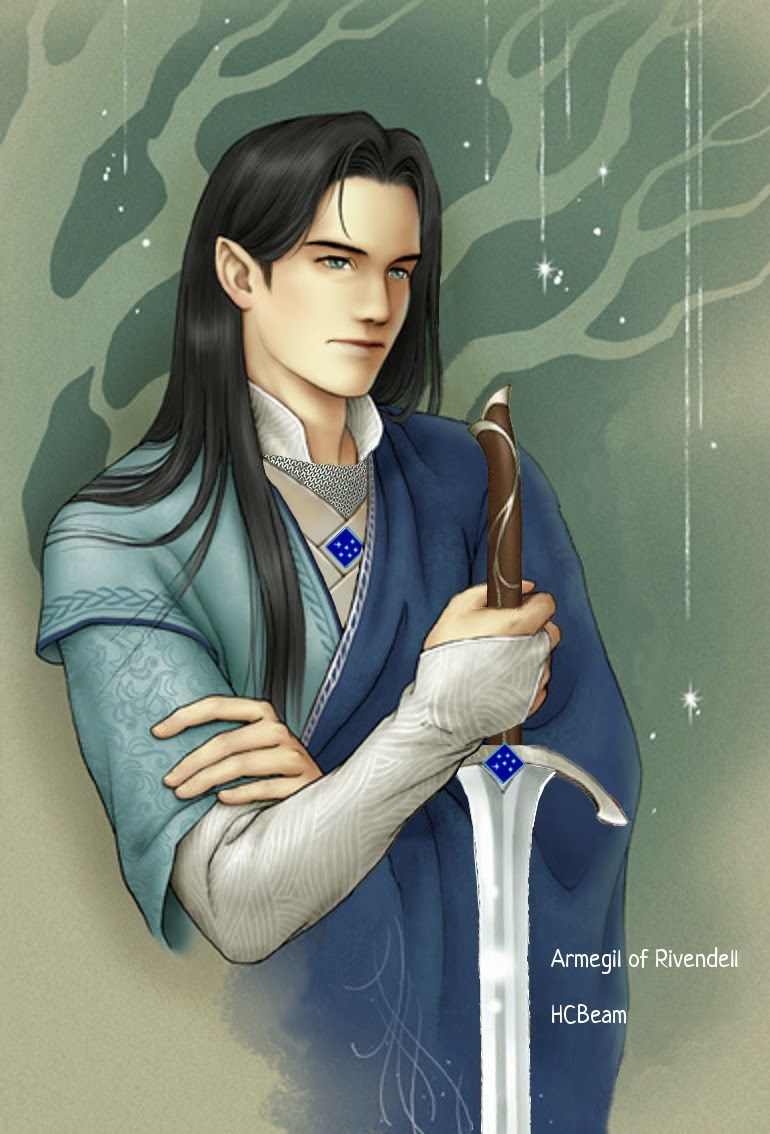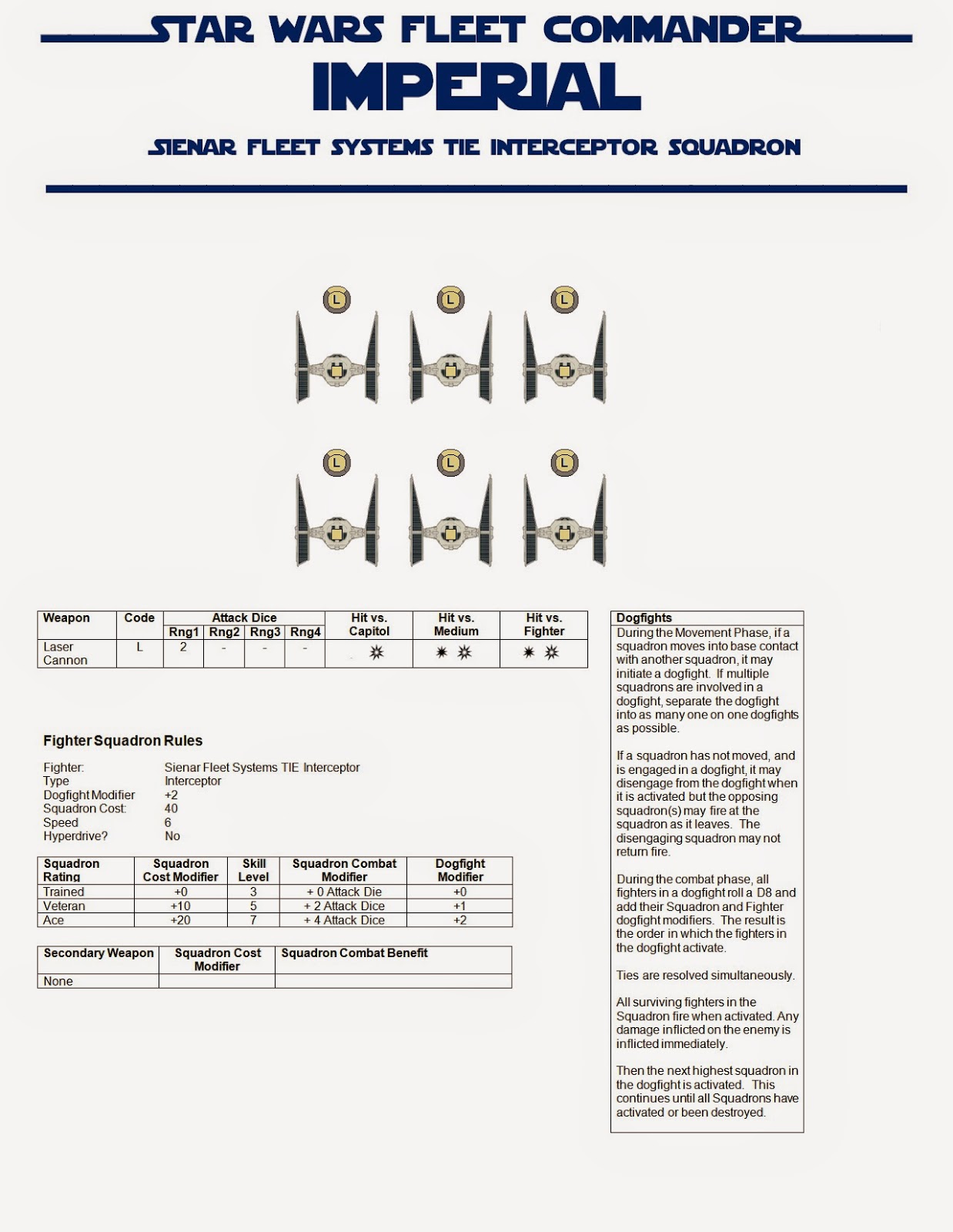I am nearing the end of the current cycle in my Star Wars RPG, and will need to put together the next phase of the adventure. While I am doing that I may run Cubicle 7's The One Ring RPG for my group.
The One Ring Roleplaying Game
Smaug has been defeated, the Battle of Five Armies has been won, and Bilbo has returned to the Shire. But much danger still remains, and from the Orc-holds of the mountains to the dark and corrupt depths of Mirkwood a darkness waits, recovering its strength, laying its plans, and slowly extending its shadow…
The One Ring Roleplaying Game is based on J.R.R. Tolkien’s The Hobbit and The Lord of the Rings. Chock full of incredible artwork by leading artists, including John Howe and Jon Hodgson, and with evocative rules designed by award-winning games designer Francesco Nepitello, there has never been a Lord of the Rings game that’s more evocative of Tolkien’s unique vision. Along with rich and detailed background information, rules that focus on Tolkien’s themes, character types unique to the world and a setting that changes as the Tale of Years progresses, when you play The One Ring Roleplaying Game you really feel like you are playing in Middle-earth.
The Setting
Middle-earth is a huge place, stretching thousands of miles from the Lonely Mountain in the north to Far Harad in the south, and beyond. It’s an ancient land too, with a richly detailed history going back thousands of years to the dawn of the First Age.But The One Ring Roleplaying Game is set in a very particular place, in a very specific time: Wilderland, 5 years after the Battle of Five Armies. Wilderland is at once familiar to fans of the novels, as it's the region both Thorin’s Company and the Fellowship (once broken) traverse on their journeys.
This land is filled with instantly recognisable locations from the novels: Mirkwood, Thranduil’s Halls, Lake-town, Erebor, the Lonely Mountain, Dol Guldur. All are locations ripe for exploration and adventure. Its also home to some of the best-loved characters from the novels too, from Radagast the Brown and the Elvenking Thranduil to King Bard of Dale and King Dáin of Erebor.
You can find out more about the setting here.
The Game
Games of The One Ring are split into two phases: the Adventuring phase and the Fellowship phase. In an Adventuring phase, a company of adventurers heads off from their homes and into the Wild, in search of adventure; whereas the Fellowship phase provides heroes with the opportunity to rest and recuperate, to practise their skills or pursue a noble undertaking.The One Ring Roleplaying Game uses a special set of dice: the twelve-sided Feat die, which is marked with numbers 1-10, as well as two special symbols, Gandalf’s rune and the Eye of Sauron, and a six-sided Success die, which is numbered 1-6, with a Tengwar rune on the 6.
These dice are available to buy separately in all stores where The One Ring is sold or from the Cubicle 7 web store, or you can just use a regular d12 (counting 11 as the Eye of Sauron and 12 as Gandal's rune) and some d6s.
When you make a roll, you roll the Feat die plus a number of Success dice equal to the skill you’re using, add up all the numbers shown and compare it to the Target Number of the action (typically 14).
To find out more about the game’s mechanics, check out this post here. You can find out more about the Adventuring phase here and the Fellowship phase here.
I am really thinking of doing this, especially since the Rivendell PDF is now available, and I will be able to have High Elven and Dunedain characters for the group.
This setting supplement will take your adventures west across the Misty Mountains to the Last Homely House, expanding play into eastern Eriador, covering not only Rivendell itself, but Angmar, Fornost, Mount Gram, Tharbad and everywhere in between.
There are also rules for creating your own Magical Treasure; playing Rangers of the North and High Elves of Rivendell; turning the baleful Eye of Mordor on your company; and facing more powerful adversaries than ever before.
Plus, it will allow me to continue the adventures of Armegil of Nan Giliath, and the Guardians of Imladris, but with official rules from Cubicle 7.
Prior to Rivendell being published, I had put together my own High Elf Heroic Culture using the Elves of Mirkwood Heroic Culture from the First Edition of TOR as a starting point.
For those interested, those rules are here:
https://dl.dropboxusercontent.com/u/539 ... 0Elves.pdf














































